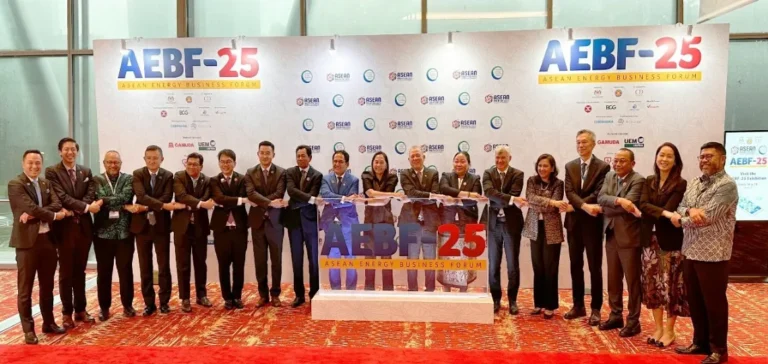The ASEAN Energy Business Forum gathered over 1,500 participants in Kuala Lumpur, including policymakers and industry leaders from ten Southeast Asian nations. Huawei Digital Power presented its grid-forming technology solutions designed to address the challenges posed by high renewable energy penetration in regional power systems.
Grid-forming technologies at the core of discussions
In his speech, Xia Hesheng, Vice-President of Huawei Digital Power, stated that the stability of interconnected ASEAN power networks now depends on grid-forming technologies. He noted that these systems ensure stable operation of renewable-heavy grids by increasing their resilience and black start capabilities.
Huawei cited several ongoing projects as proof of concept, including The Red Sea destination in Saudi Arabia—a gigawatt-hour (GWh)-scale microgrid—and a 1 GWh energy storage system in Cambodia, which has been certified by the German technical inspection group TÜV SÜD.
Malaysia’s strategic role in cross-border electricity trade
Chong Chern Peng, Vice-President of Huawei Digital Power Malaysia Business, highlighted Malaysia’s central role in developing regional energy interconnection infrastructure. Partnerships with Thailand and Singapore through cross-border electricity trading illustrate this strategy.
He explained that building reliable and adaptable grids requires integration of technologies capable of supporting renewable energy fluctuations. As such, continued investment in grid-forming and storage solutions is essential to stabilise regional electricity flows.
Towards regional harmonisation of network standards
Chen Xieming, power grid expert at Huawei Digital Power, called for unified technical standards across ASEAN countries. He emphasised the need for a shared regulatory foundation to ensure grid security and interoperability across national networks.
Huawei stated that it has deployed a protection system covering the entire energy storage chain, from cells to grid connection, supported by strict quality control. The Golmud project in Qinghai was cited, with a failure rate below 0.5% over 13 years of continuous operation.
Industrialisation capacity and long-term stability
During a session with ministers and business leaders, Xia Hesheng affirmed that developing robust infrastructure relies on rigorous industrial standards. Huawei says it plans to continue cooperating with ASEAN stakeholders to develop integrated solutions tailored to each country’s needs.
The forum highlighted Huawei Digital Power’s ambition to become a central player in the region’s energy transformation. The company plans to increase its R&D investments, with a focus on optimising grid efficiency in the context of growing electrification.






















